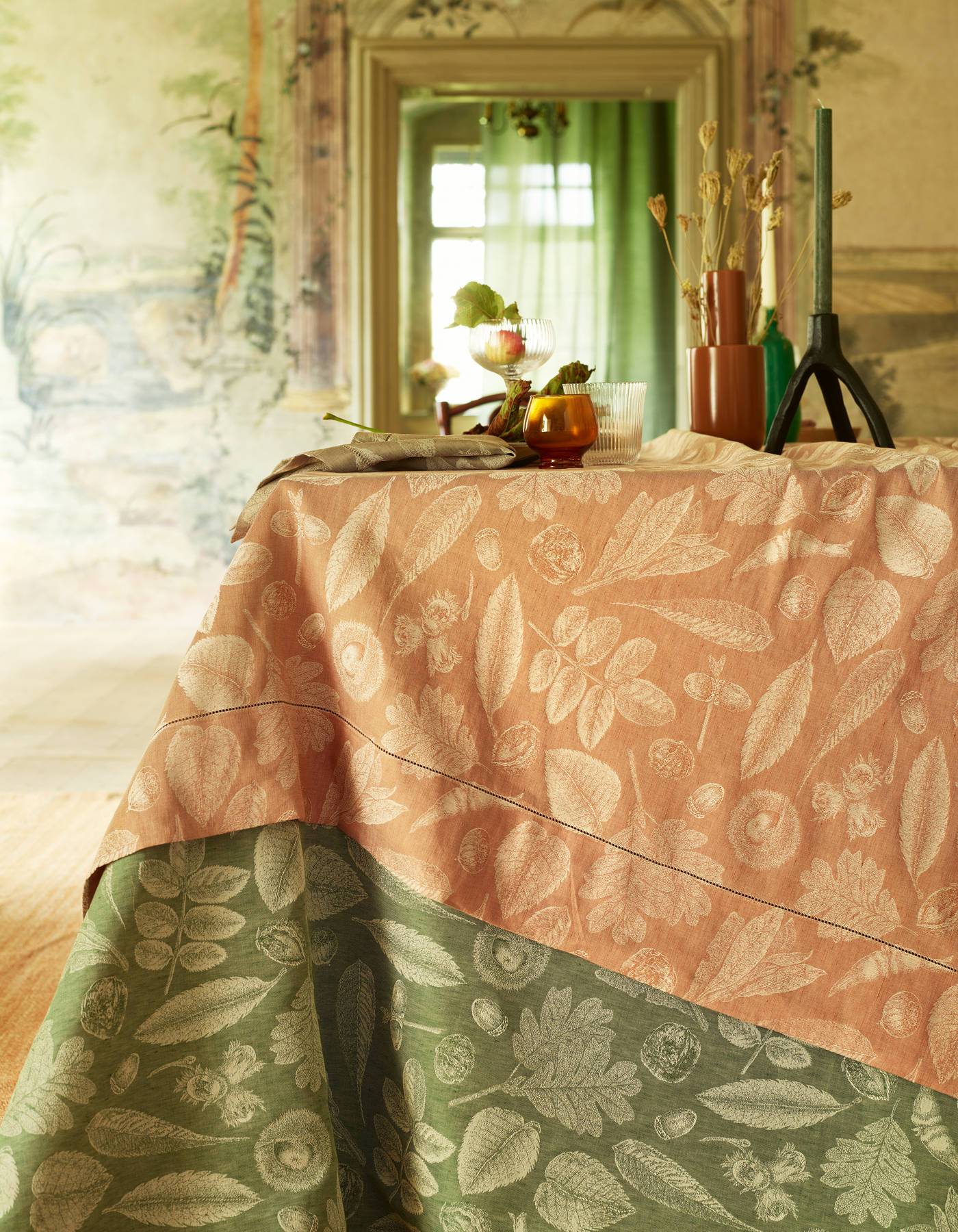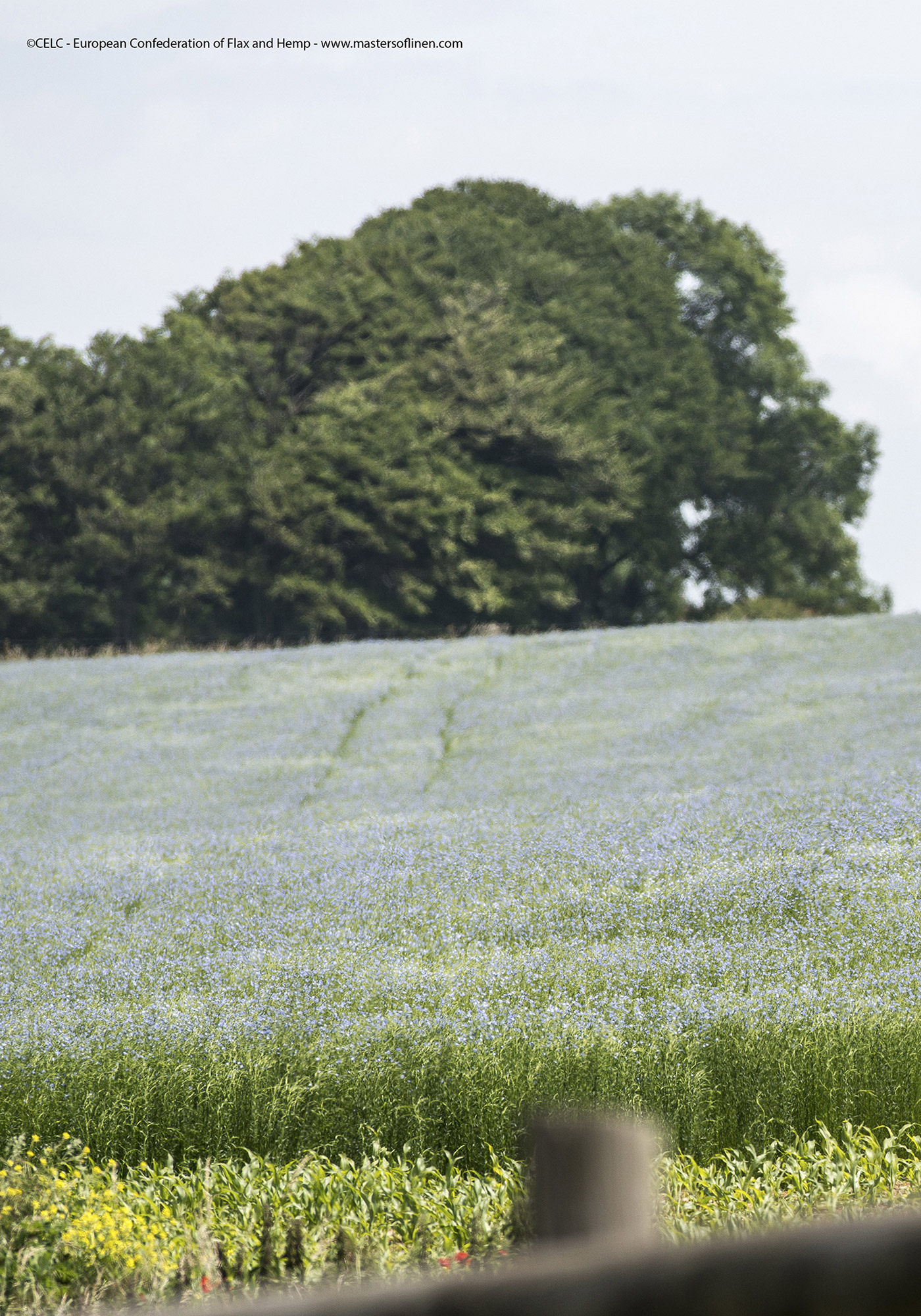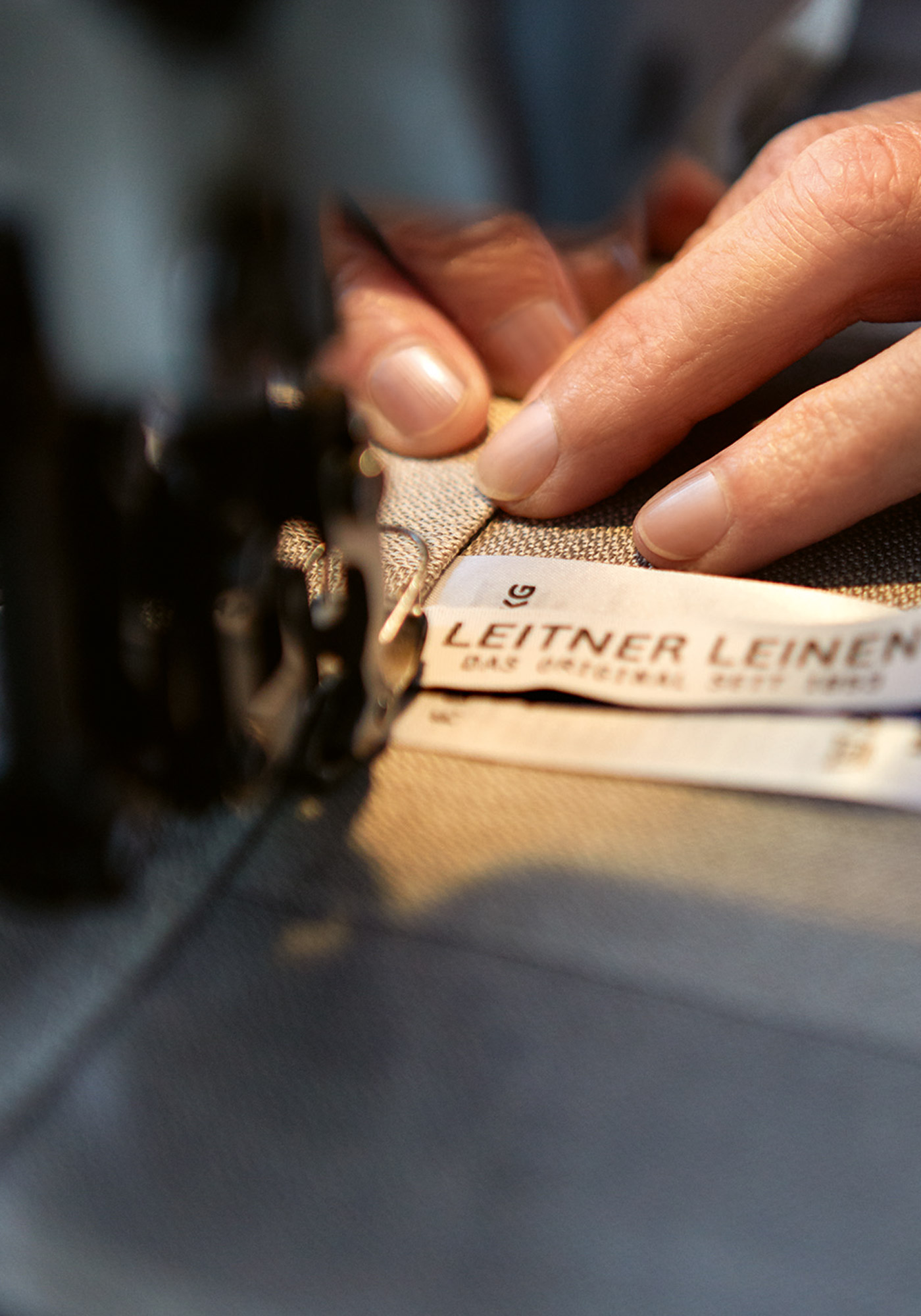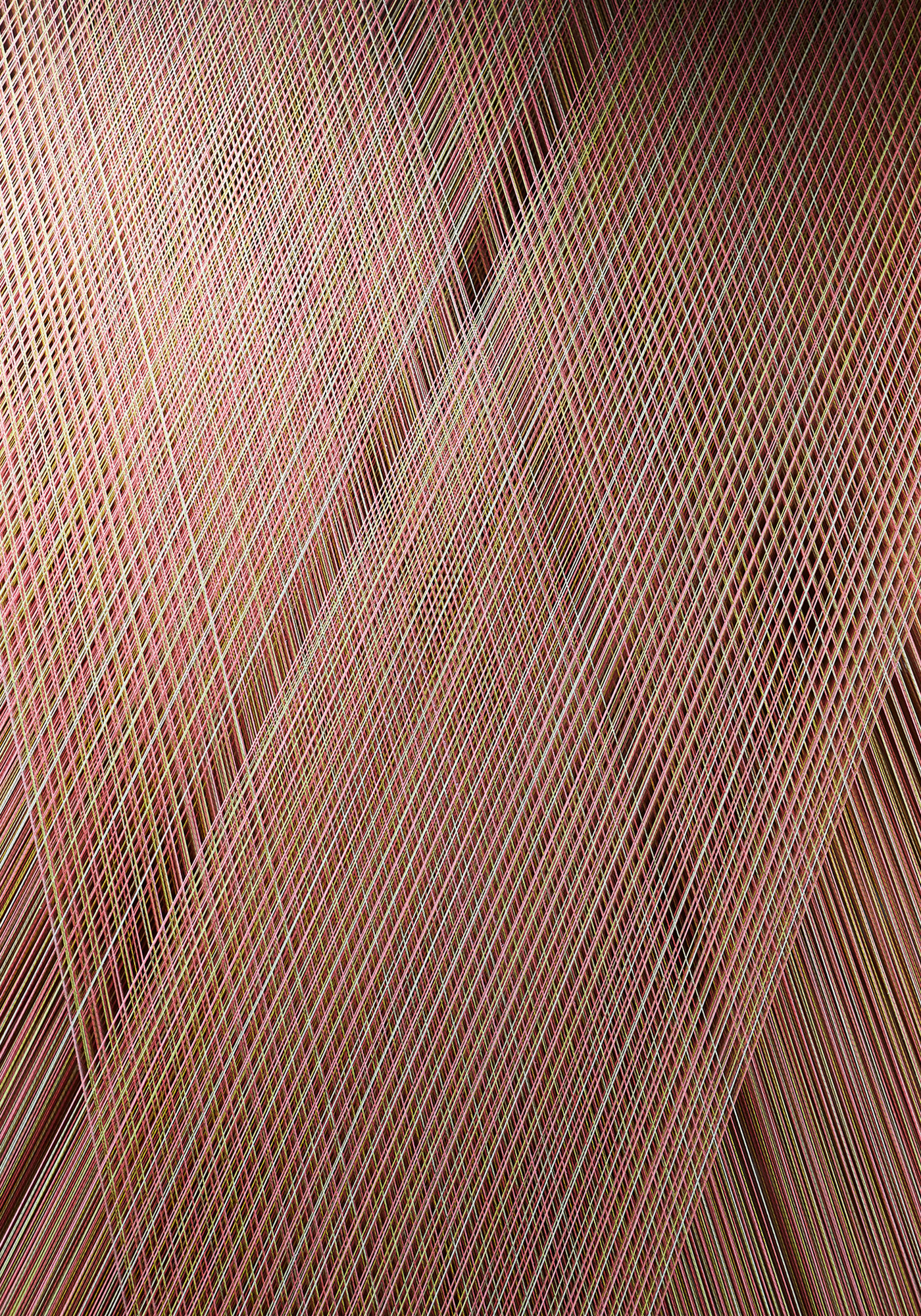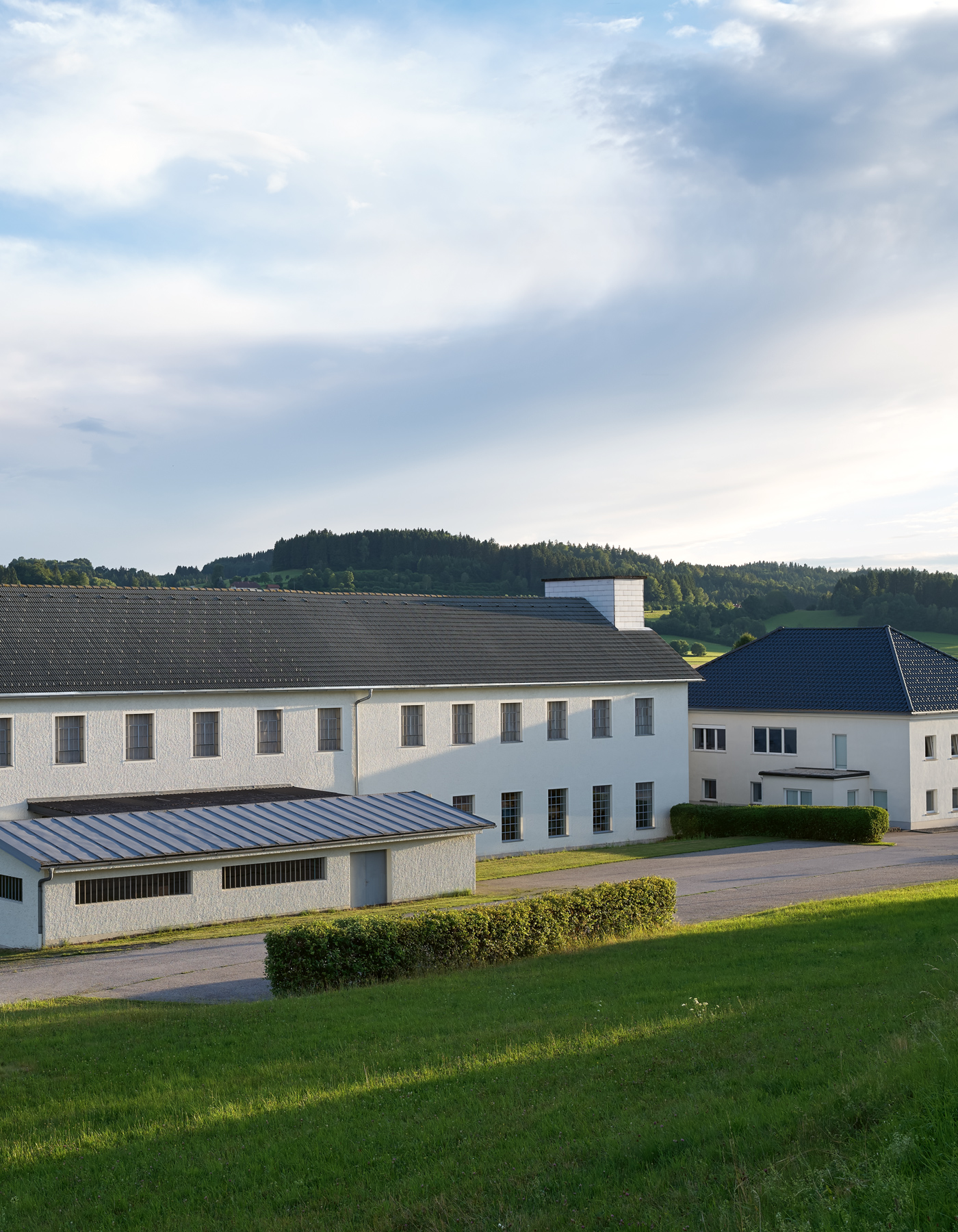
Celebrating 170 years
2023 marks the 170th anniversary of our linen manufactory. Find out more about the history of our company.
Read more

The 2023 catalogue
The new catalogue: step into the world of Leitner Leinen and dicsover the 2023 novelties as well as some of our collection classics.
Download catalogue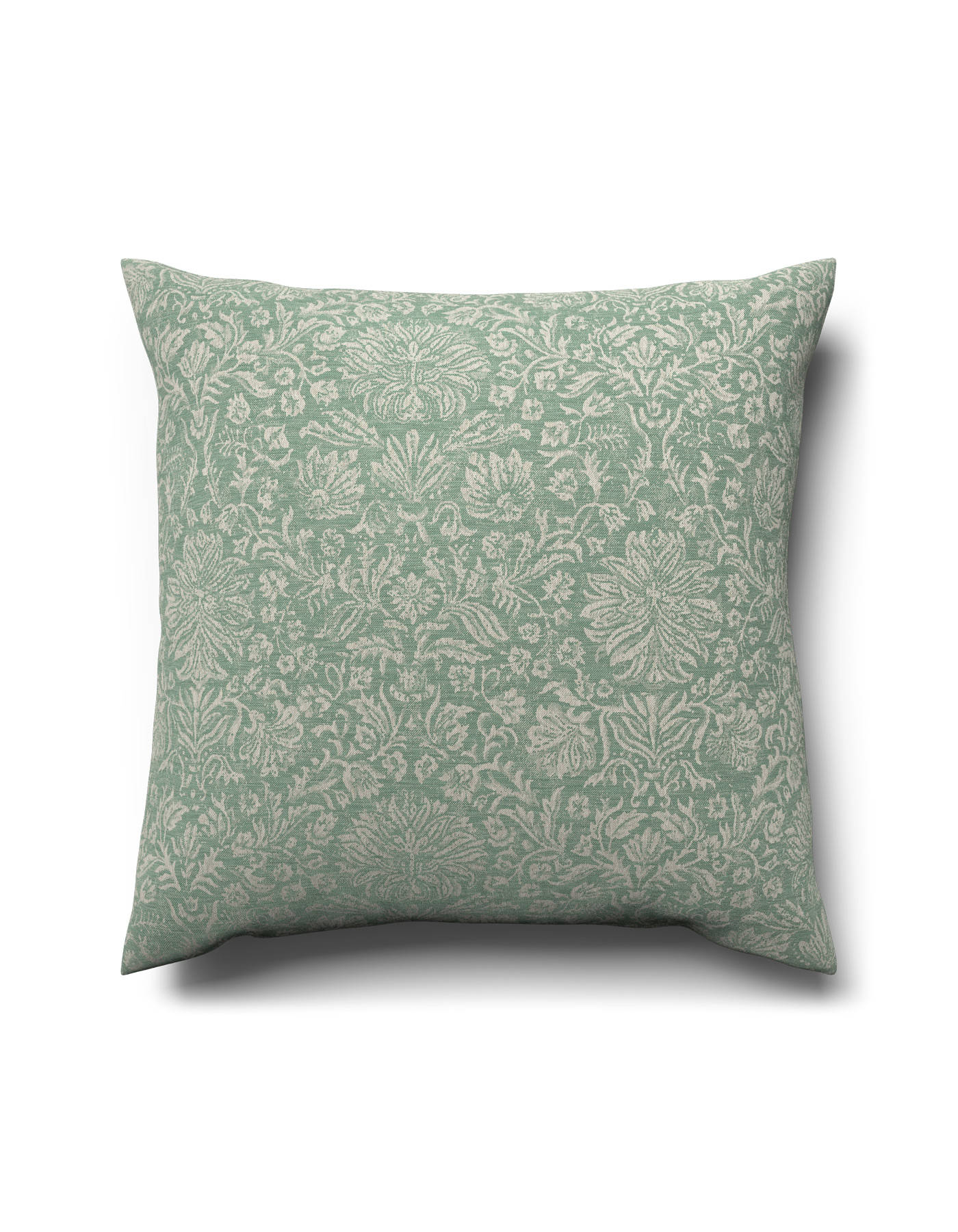
Fleur Royale
We are welcoming spring with floral abundance and historical charm. Discover Fleur Royale, the new design made from 100% linen.
Read more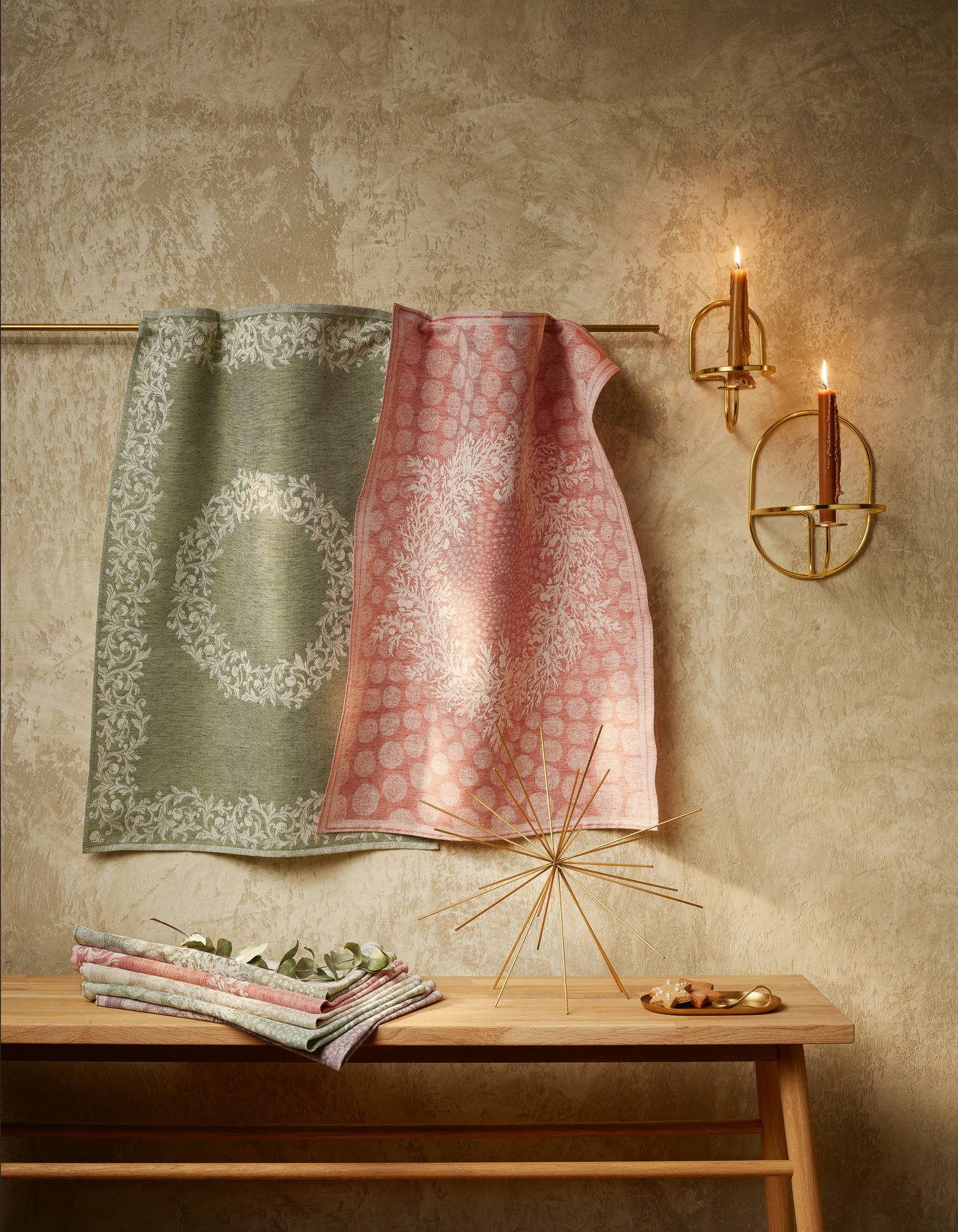
Fall/Winter 2023
Discover the spectacular 2023 Fall/Winter collection – now available.
Discover the novelties
The 2023 winter catalogue
Indulge in sceneries full of atmosphere and discover our fall and winter product collections.
Download catalogue
